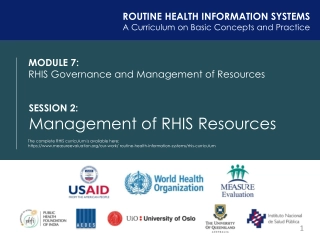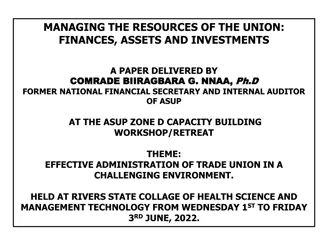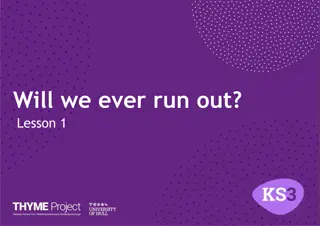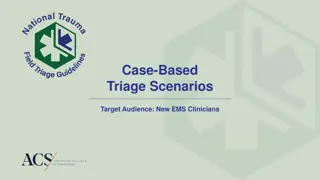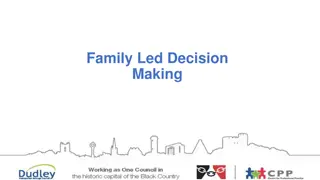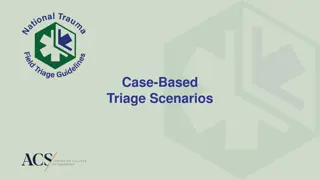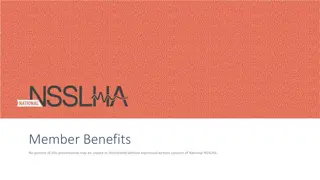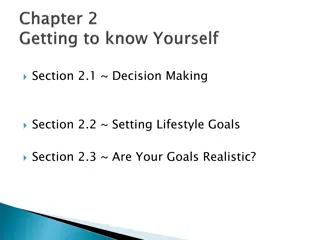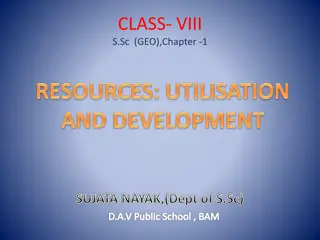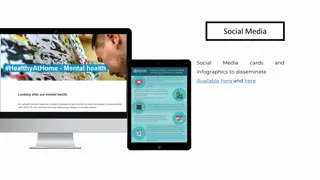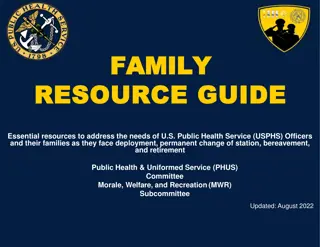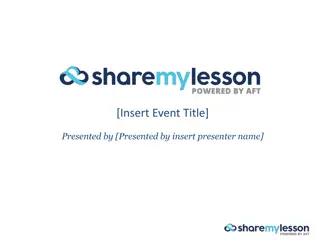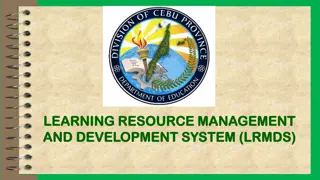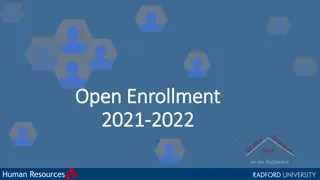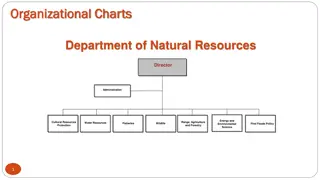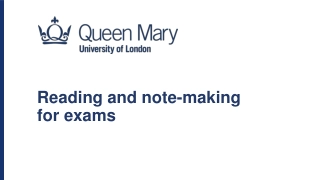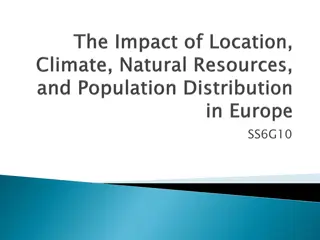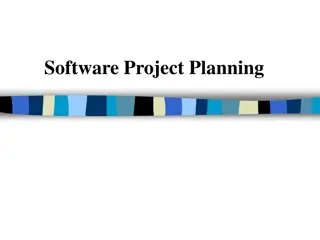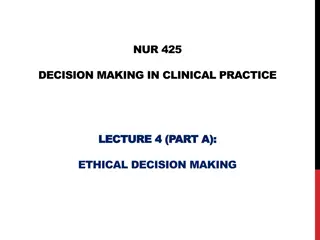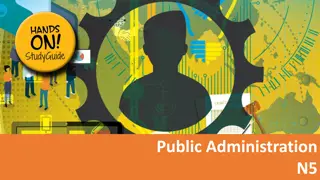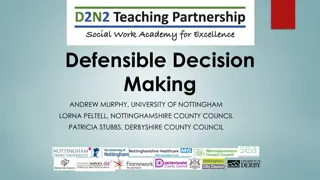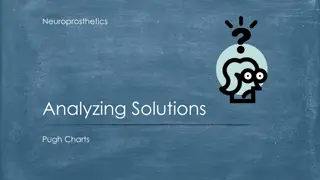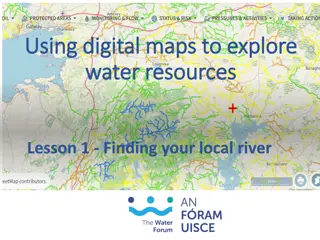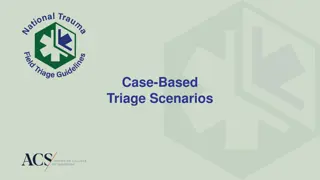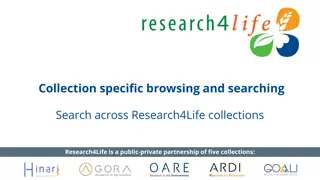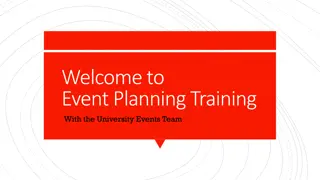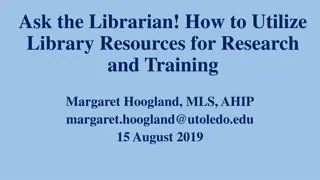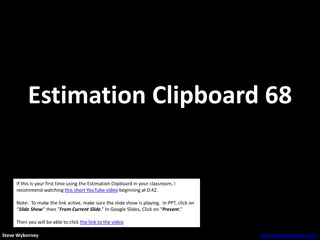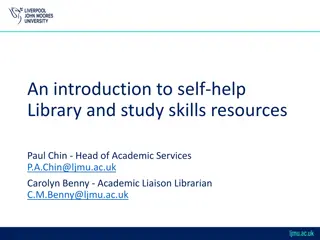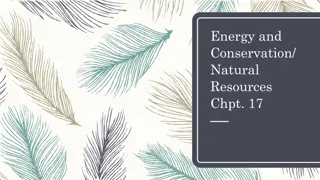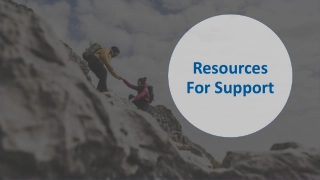Making the Most of Your Resources
Learn about different types of resources such as natural, financial, human, physical/capital, and time resources. Understand how to match your resources to your needs and wants, appreciate the impact of resource usage on others, and differentiate between financial cost and opportunity cost. Explore examples of resources and how needs and wants can change over time.
Download Presentation

Please find below an Image/Link to download the presentation.
The content on the website is provided AS IS for your information and personal use only. It may not be sold, licensed, or shared on other websites without obtaining consent from the author. Download presentation by click this link. If you encounter any issues during the download, it is possible that the publisher has removed the file from their server.
E N D
Presentation Transcript
Learning Intentions In this chapter you will learn to: Explain what resources are Identify the main resources available to you Explain and illustrate the difference between needs and wants Match your resources to your needs and wants Illustrate how your needs and wants are likely to change over time Outline the difference between financial cost and opportunity cost Appreciate the impact of your use of resources on the lives of other people. Textbook page reference: 2
What is a resource? A resource is anything we can use in order to meet our needs or help us achieve our goals. Textbook page reference: 3
Types of resources Natural resources Financial resources Human resources Physical/capital resources Time resources. Textbook page reference: 3
Physical/capital resources These are goods made by people and used to make other goods and provide services. Textbook page reference: 3
Physical/capital resources Examples of physical or capital resources are: Buildings or property Computers Family car Smartphone. Textbook page reference: 3
Natural resources A person may have access to resources provided by nature, such as land and water. Textbook page reference: 3
Financial resources Financial resources are all types and sources of money, which allow people to buy goods and services. Textbook page reference: 4
Financial resources Examples of financial resources include: Income from employment Income from benefits Savings Borrowed money. Textbook page reference: 4
Human resources This refers not only to your own personal skills, abilities and experience, but all the people available to help you. Textbook page reference: 4
Human resources Examples of human resources are: An ability to read and write Problem-solving abilities Skills in music, sport, technology, etc. Family and friends Librarians Teachers and coaches Community leaders. Textbook page reference: 4
Time resources Time is a valuable and limited resource, so it is important to use it wisely. Unlike many physical and financial resources, you cannot earn, borrow or buy more time. Textbook page reference: 5
Needs vs wants A needis something we simply can t do without; it is essential for our survival or plays a very important part in our daily lives, e.g. food and shelter. A want is something that we would really like to have. It might make our life easier or more enjoyable, but it is not essential, e.g. a mobile phone. Textbook page reference: 6
Making use of financial resources Managing our personal finances means learning how to buy the things we need and want with the money available to us. Textbook page reference: 7
Making use of financial resources Financial cost is the money cost or price of the items we choose to buy. The opportunity cost is the item we must go without when we have to make a choice. Textbook page reference: 7
Being money smart Thinking about where your money comes from and where it goes Being able to live within your means Being able to plan for future spending needs Being able to save regularly Understanding the consequences of overspending and borrowing Being able to evaluate different sources of finance and make informed decisions Textbook page reference: 9
Recap and Review Can you: Explain what resources are? Identify the main resources available to you? Explain and illustrate the difference between needs and wants? Match your resources to your needs and wants? Illustrate how your needs and wants are likely to change over time? Outline the difference between financial cost and opportunity cost? Appreciate the impact of your use of resources on the lives of other people?
Credit slide Shutterstock




